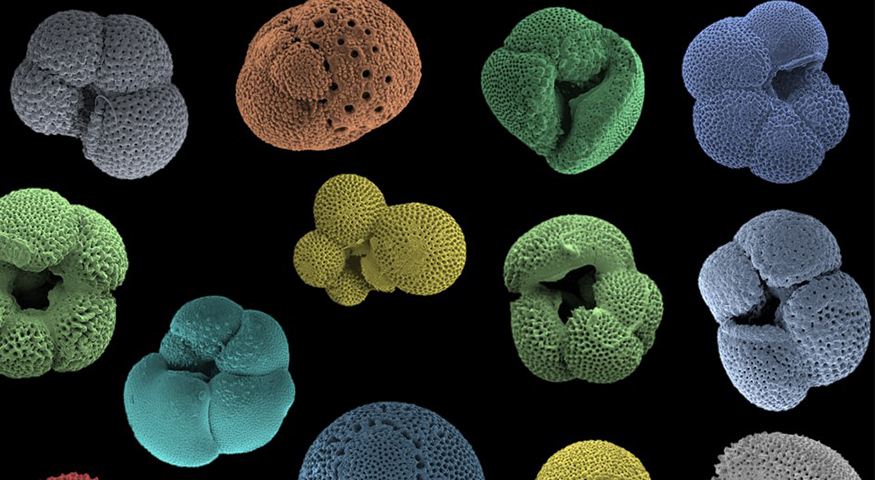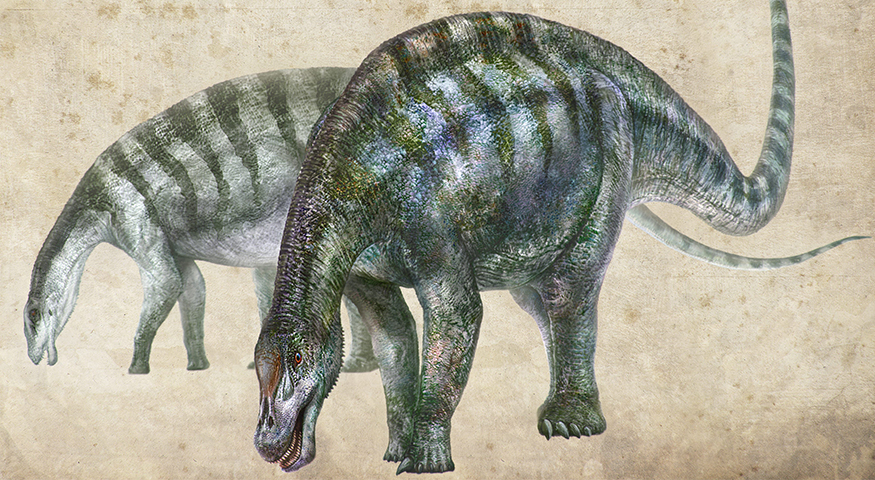Palaeontology
Our research encompasses the responses of past life to environmental changes that are analogous to the current climate crisis, which is critical for understanding the long-term effects on living species. We also study the drivers of past extinctions, as well as the recovery of ecosystems from devastating mass extinctions. We combine ‘traditional’ approaches, such as the description of the anatomy and morphology of fossil species, with large, high-quality datasets to quantify speciation and extinction in the fossil record, applying cutting-edge methods for reconstructing ancient climates, past biodiversity patterns, and evolutionary relationships of extinct species. Our research sits at the interface of a diverse range of disciplines, including anatomy, biogeography, biology, ecology, geochemistry, geology, oceanography, and palaeontology.
 Close
Close



